
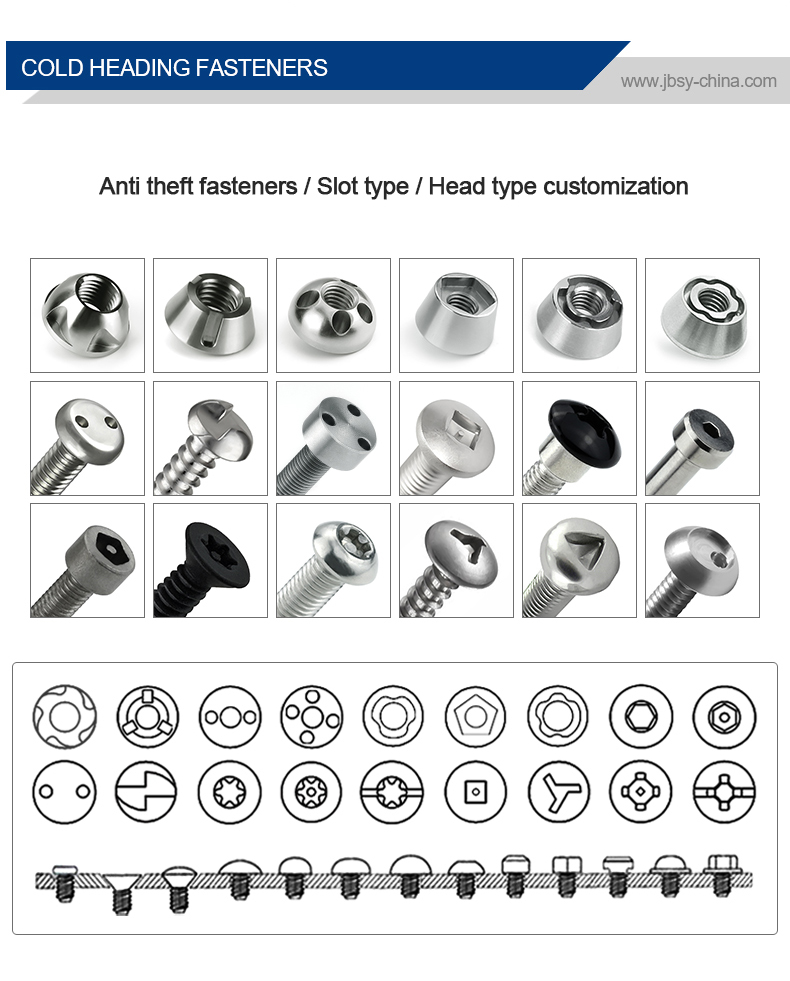
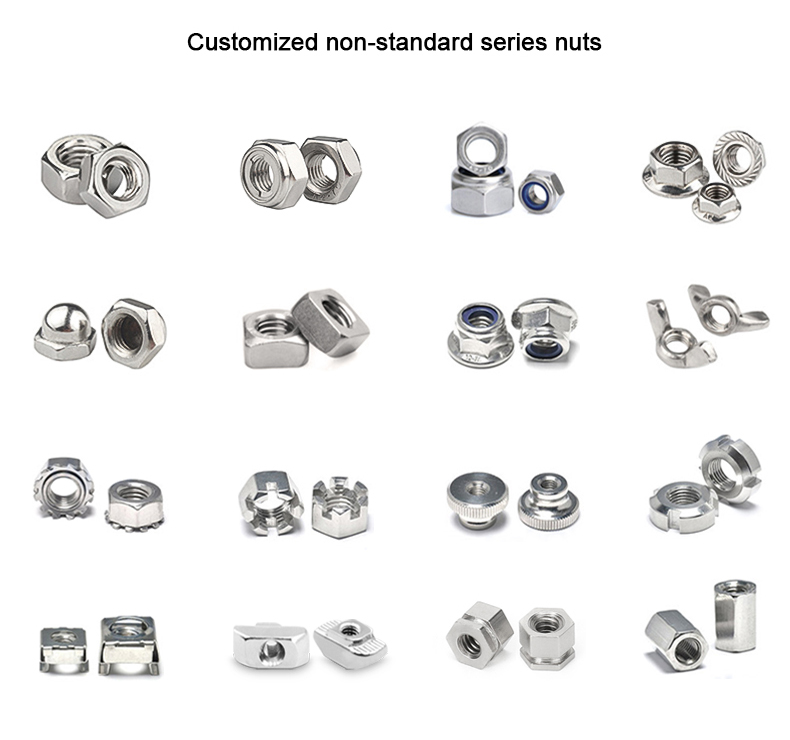
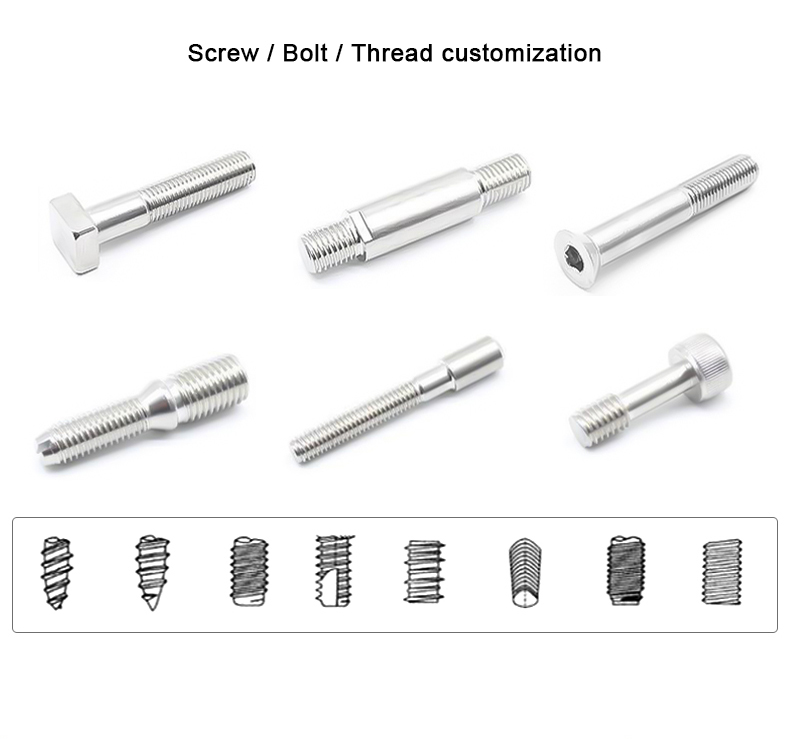
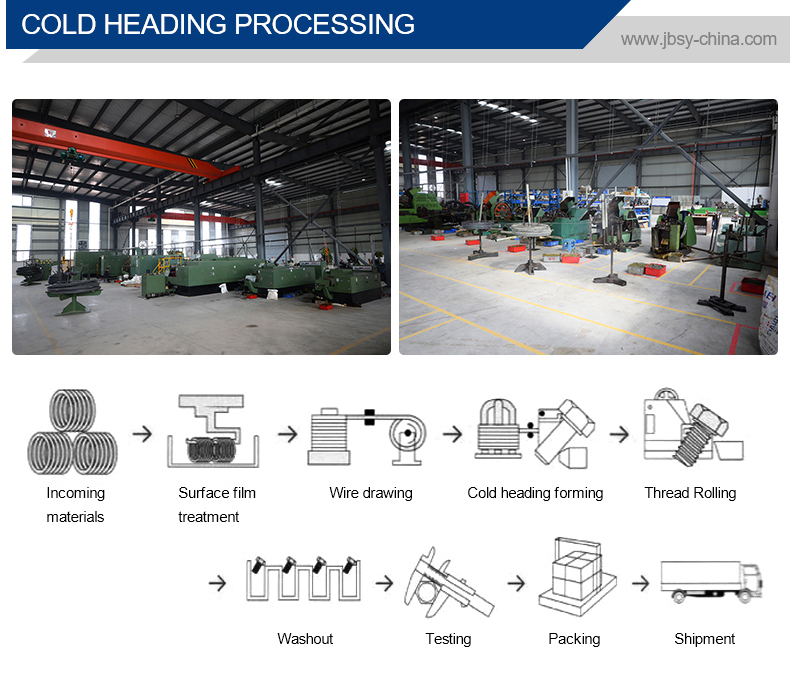
Das Kaltstauchverfahren ist eines der neuen Verfahren für die Druckbearbeitung mit weniger oder gar keiner Zerspanung
Metall. Es handelt sich um eine Verarbeitungsmethode, die die plastische Verformung von Metall unter der Einwirkung von
äußere Kräfte, und mit Hilfe von Formen wird das Metallvolumen umverteilt und in die Form gebracht
die gewünschten Teile oder Rohlinge. Das Kaltstauchverfahren ist am besten geeignet für die Herstellung von Standard
Verbindungselemente wie Bolzen, Schrauben, Muttern, Nieten, Stifte usw.
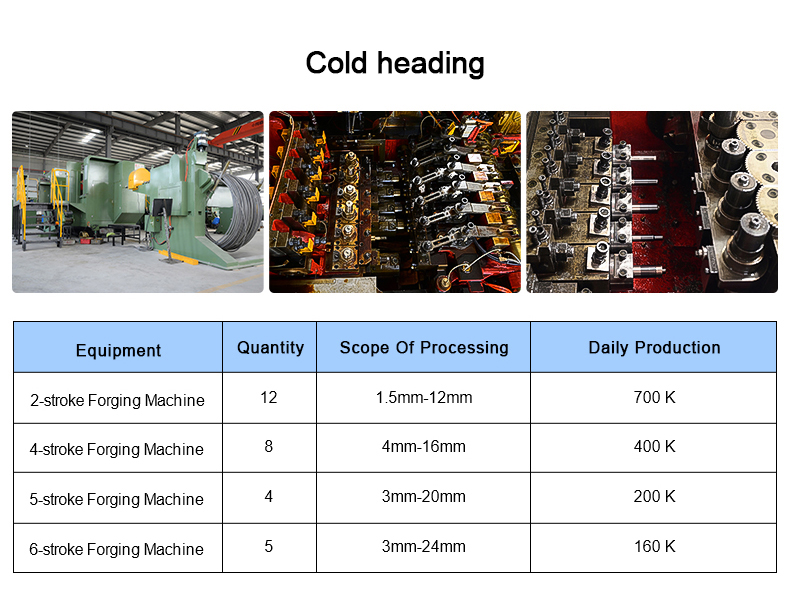
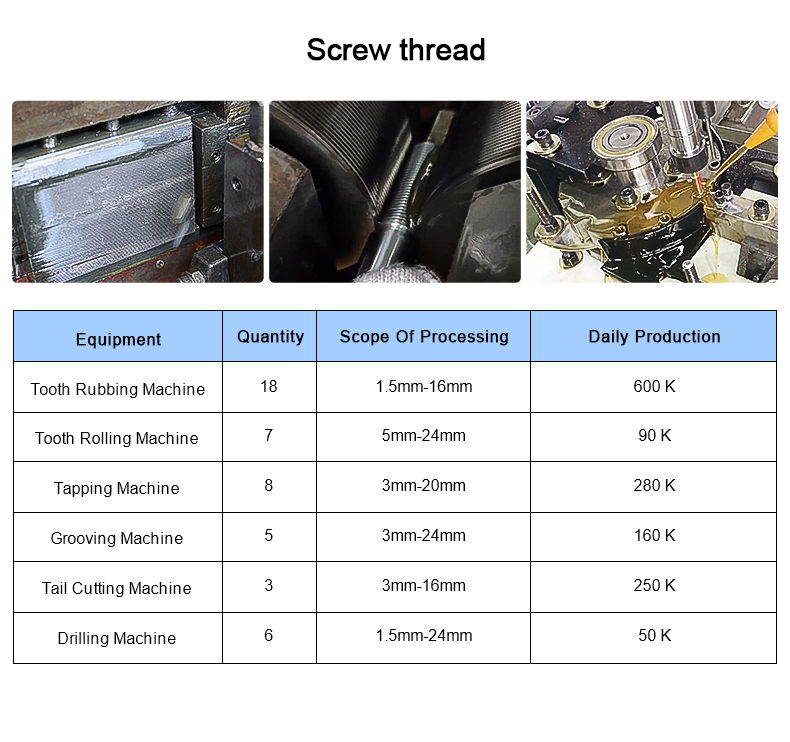
Here’s a structured overall description of Sicherheitsdrahtbolzen with yellow electroplating:
1. Definition und Zweck
-
Safety Wire Bolts: Fasteners designed with holes or notches to allow the threading of safety wire, preventing loosening due to vibration or rotation.
-
Yellow Electroplating: A surface treatment providing corrosion resistance, aesthetic appeal, and visibility (often for identification or safety marking).
2. Electroplating Process (Yellow)
-
Grundmaterial: Typically steel, stainless steel, or titanium.
-
Plating Layer:
-
Undercoat: Often zinc or cadmium electroplating for corrosion resistance.
-
Topcoat: Yellow chromate conversion coating (for zinc) or yellow dye/paint (e.g., zinc-nickel alloy with yellow passivation).
-
-
Standards: Compliant with ASTM B633 (zinc plating), MIL-DTL-45204 (cadmium), or AMS 2468 (yellow chromate).
- Safety Wire Bolt Galvanik gelb
3. Hauptmerkmale
-
Korrosionsbeständigkeit: Yellow chromate layer enhances protection against rust.
-
Hohe Sichtbarkeit: Bright yellow color aids quick inspection in machinery or aerospace applications.
-
Dauerhaftigkeit: Withstands harsh environments (e.g., automotive, marine, or aerospace).
4. Anwendungen
-
Luft- und Raumfahrt: Engine components, landing gear.
-
Automobilindustrie: High-vibration areas (e.g., race cars, motorcycles).
-
Industrielle Maschinen: Critical bolted joints subject to dynamic loads.
5. Safety Wire Compatibility
-
Pre-drilled holes or wire grooves accommodate stainless steel safety wire (e.g., 0.032″ diameter).
-
Wire wrapping follows ANSI/MSNAS standards to ensure secure locking.
- Safety Wire Bolt Galvanik gelb
6. Vorteile
-
Vibrationsbeständigkeit: Prevents bolt loosening.
-
Chemical Protection: Electroplating shields against oxidation.
-
Color Coding: Yellow may indicate specific torque or maintenance requirements.
7. Limitations
-
Temperatur-Empfindlichkeit: Some yellow dyes degrade at high temps (>250°C).
-
Wear: Plating may wear off under friction; lubricants or additional coatings (e.g., PTFE) can help.
8. Compliance & Certifications
-
ASTM/SAE: Standards for plating thickness/adhesion.
-
RoHS/REACH: Compliance for hazardous substance restrictions.
9. Maintenance
-
Regular inspections for plating wear or wire integrity.
-
Avoid abrasive cleaners to preserve the yellow finish.
- Safety Wire Bolt Galvanik gelb
10. Common Specifications
-
Gewinde Normen: UNC/UNF, METRIC.
-
Grades: Class 8.8, 10.9 (steel); A2/A4 (stainless).
This description ensures clarity for technical documentation, procurement, or engineering applications. Let me know if you need details on specific standards or testing methods!
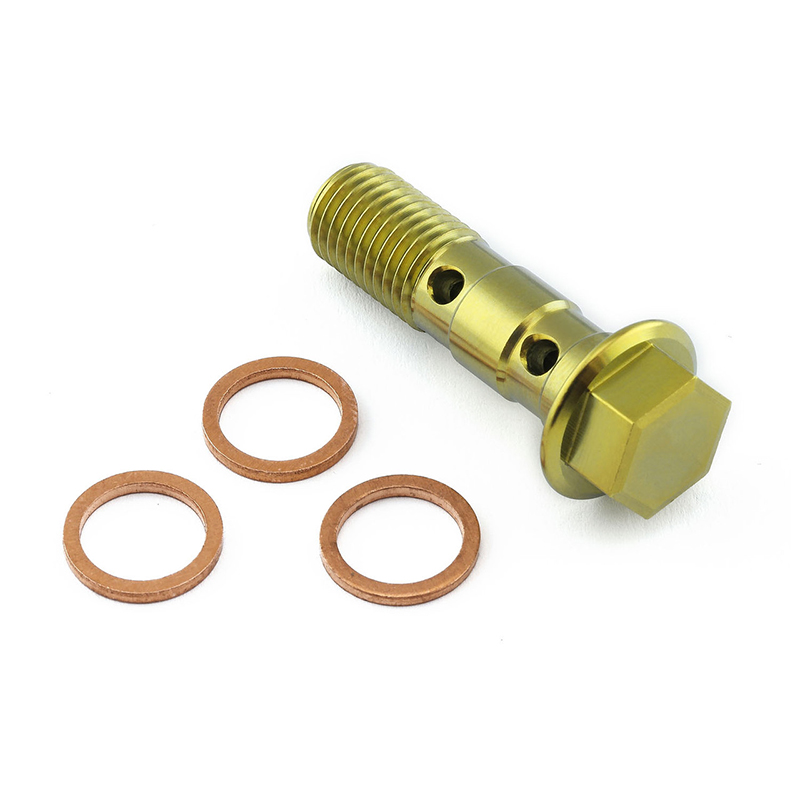

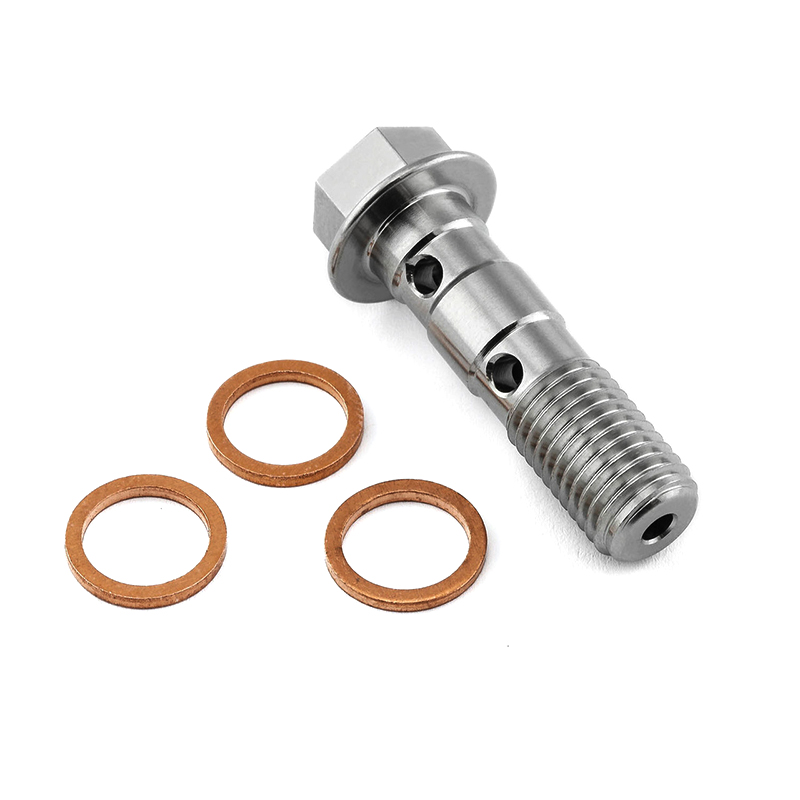
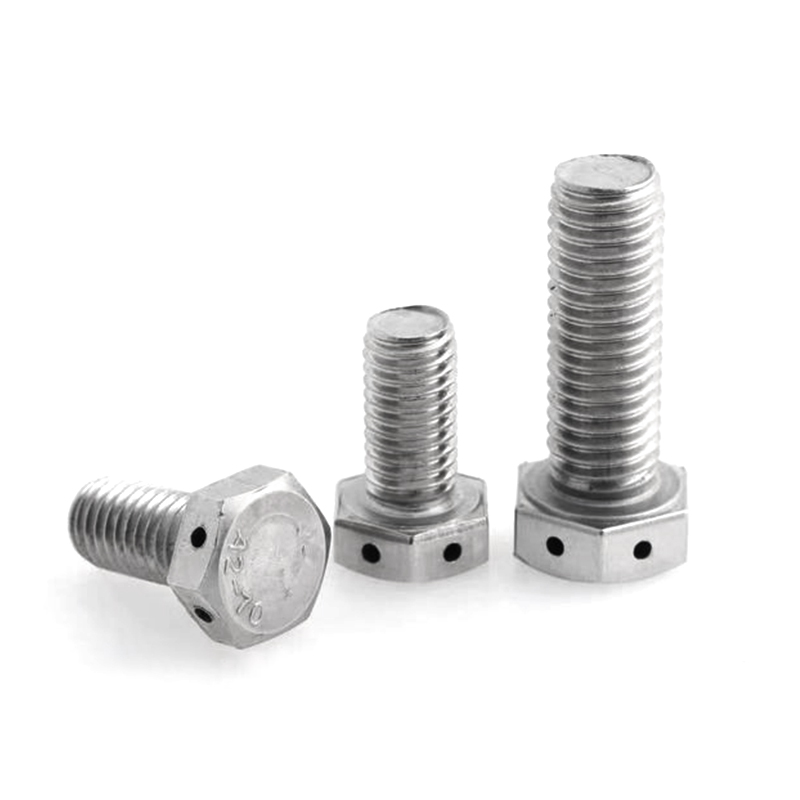
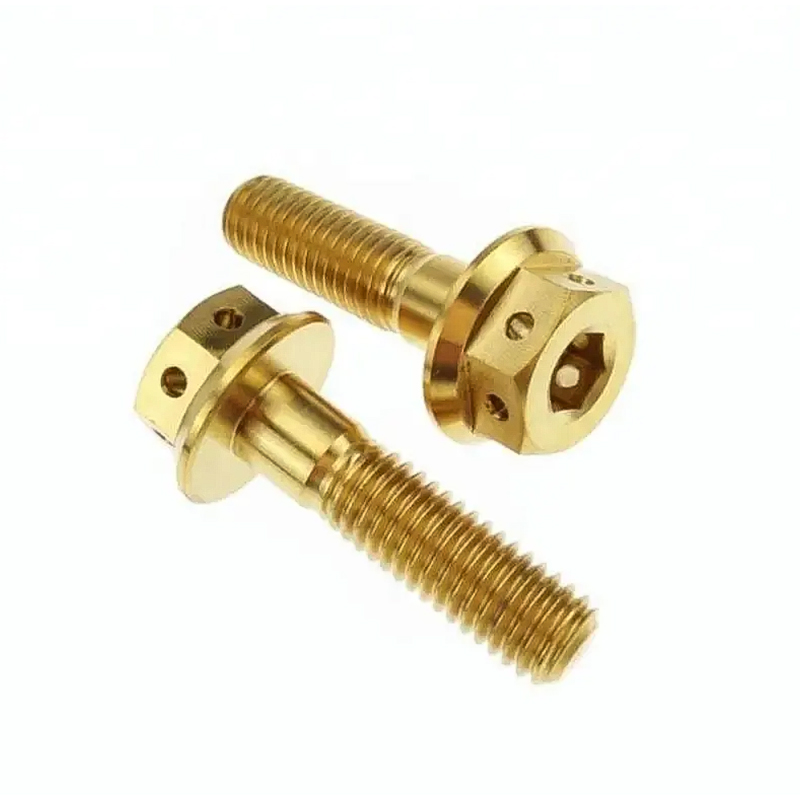
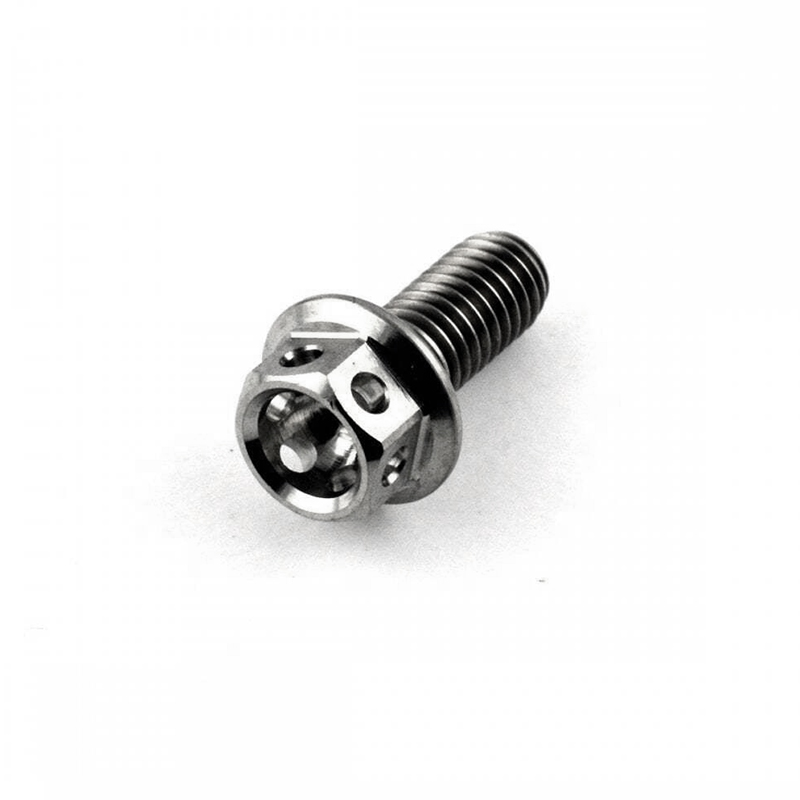

Bewertungen
Es gibt noch keine Bewertungen.